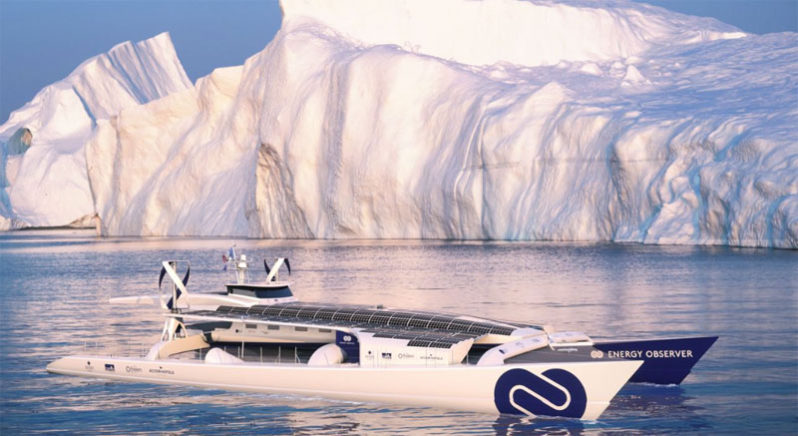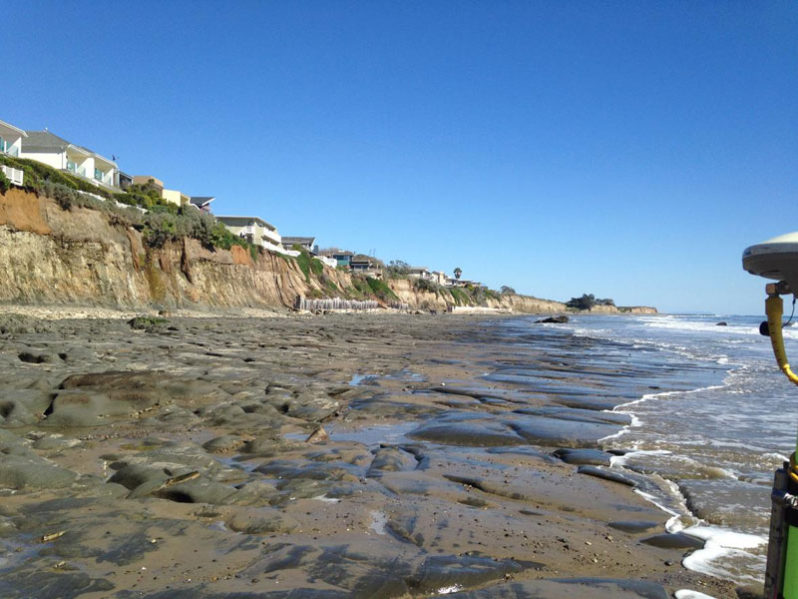Miami’s fight against rising seas

In the battle against rising seas, Florida – which has more to lose than almost anywhere else in the world – is becoming ground zero.
New study links carbon pollution to extreme weather

Human activities are altering the jet stream, which leads to extreme weather patterns getting stuck in place.
Plants have been helping to offset climate change, but now it’s up to us

Plants are currently removing more carbon dioxide from the air than they did 200 years ago, according to new work. This team’s findings affirm estimates used in models from the Intergovernmental Panel on Climate Change.
An Inconvenient Sequel: Truth To Power Trailer (2017) Official

Climate Changes, Truth Does Not. A decade after AN INCONVENIENT TRUTH brought climate change into the heart of popular culture, comes the riveting and rousing follow-up that shows just how close we are to a real energy revolution. In theatres July 28, 2017.
Climate Progress, With or Without Trump

President Trump’s unfortunate and misguided rollback of environmental protections has led to a depressing and widespread belief that the United States can no longer meet its commitment under the Paris climate change agreement. But here’s the good news: It’s wrong.
World’s first green-energy boat prepares for a six-year voyage around the world

The first self-sufficient boat powered only by clean, emission-free energy will start this spring, a six-year journey around the world during which it will visit 50 countries, as a floating exhibition and clean energy laboratory.
Trump scraps Clean Power Plan: What that means for Earth

President Trump signed an executive order Tuesday to dismantle the Clean Power Plan. The plan, which President Obama’s administration put into effect in 2015, was designed to cut power plant emissions of carbon dioxide (CO2), a greenhouse gas that is warming the planet. The Clean Power Plan requires that, by 2030, the power sector’s CO2 emissions be brought down to 32 percent below their 2005 levels.
Disappearing Beaches: Modeling Shoreline Change in Southern California

Using a newly-developed computer model, scientists predict that with limited human intervention, 31 to 67 percent of Southern California beaches may become completely eroded (up to existing coastal infrastructure or sea-cliffs) by the year 2100 under scenarios of sea-level rise of one to two meters.
Surfers will be the canaries in the coal mine on climate change

If the sea level continues to rise, as scientists warn, there will be a serious consequence for the sport: smaller and fewer waves. Consistently higher tides will change the way waves break on reefs and beaches. Without climate change intervention, those effects could become apparent in as a little as 50 years.
